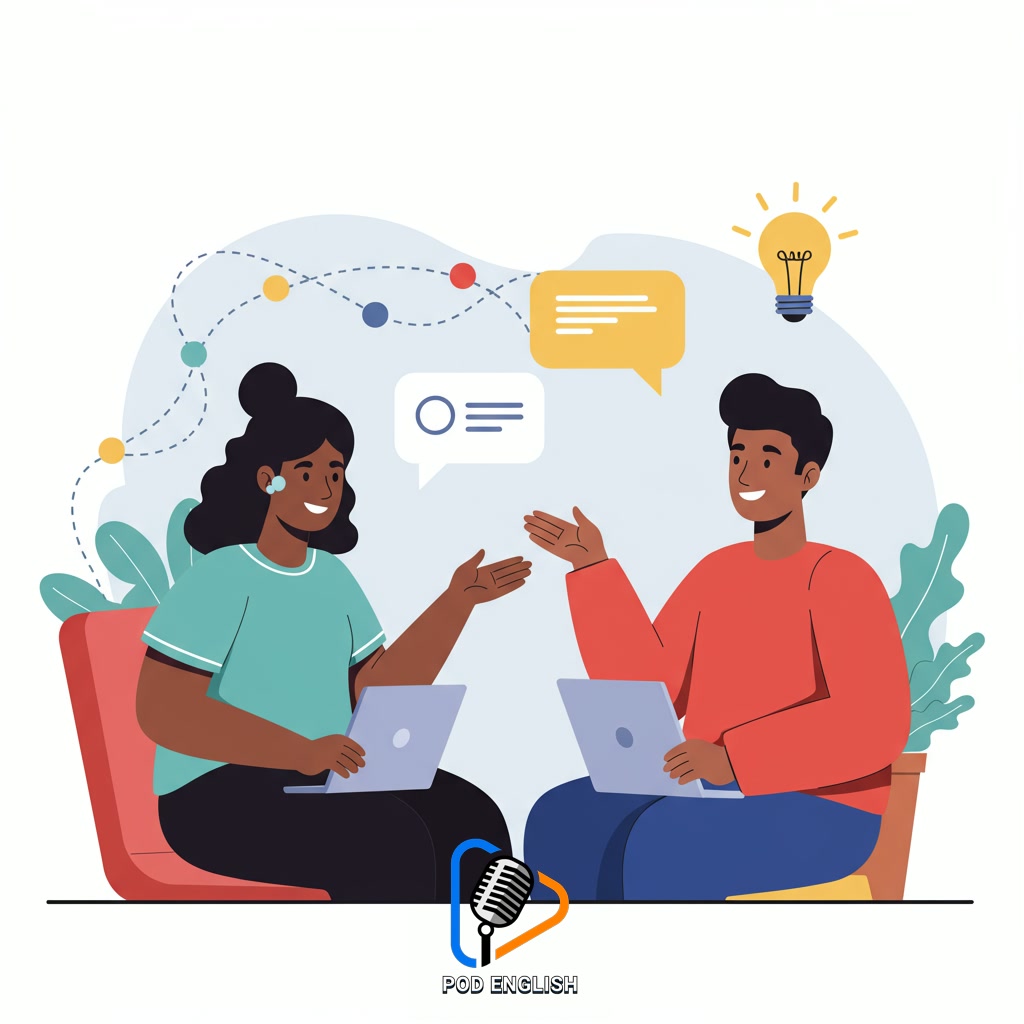Learn English
Master English: Learn with Authentic Real-World Conversations and Situations

This material is designed to help you learn English effectively. It focuses on mastering the language by using authentic real-world conversations and situations as the primary method. Engaging with genuine communication scenarios provides a practical path to develop fluency and confidence in speaking English naturally.
Table of Contents
- Section 1: Introduction: Why Learn English with Real Conversations?
- Section 2: The Power of Authentic Situations: Bridging Theory and Practice
- Section 3: Strategies for Effective Learning Through Conversation
- Section 4: Exploring Common Real-World Scenarios
- Section 5: Applying Your Skills: From Listening to Speaking
- Section 6: Tracking Your Progress and Staying Motivated
Section 1: Introduction: Why Learn English with Real Conversations?
Starting your journey to master English can feel overwhelming if you only focus on grammar rules and vocabulary lists. While these are important, real language learning happens when you engage with English as it’s actually spoken. This introduction explores why using authentic conversations and real-world situations is the most effective way to build fluency and confidence. Unlike scripted dialogues or academic texts, genuine interactions expose you to natural speech patterns, common expressions, and the nuances of communication that are essential for sounding natural. By immersing yourself in how English is used in everyday life, you’ll not only understand better but also become more comfortable and skilled in speaking yourself, making the learning process more practical and enjoyable.

Section 2: The Power of Authentic Situations: Bridging Theory and Practice
While foundational elements like grammar rules and vocabulary lists are crucial building blocks in your English learning journey, simply knowing them isn’t enough to achieve fluency. The true power of authentic situations lies in their ability to bridge the gap between theoretical knowledge and practical application. Engaging with real-world conversations, scenarios, and materials forces you to activate your passive knowledge, transforming it into active, usable language. You learn how words and grammar function naturally in context, develop intuitive understanding, and gain confidence in using English spontaneously. This practical application is where theory truly comes alive, allowing you to move beyond studying the language to actually using it effectively and naturally in diverse situations.

Section 3: Strategies for Effective Learning Through Conversation
Building upon your foundational knowledge of grammar and vocabulary, the pathway to true fluency is paved with active engagement in real conversations. Strategies for effective learning through this method involve more than just speaking; they require mindful participation. Practice active listening to grasp not only the words but also the tone, rhythm, and contextual meaning. Embrace mistakes as essential learning opportunities, focusing on communication rather than perfect accuracy. Seek out regular opportunities to converse, whether with native speakers, language partners, or even by talking to yourself or repeating dialogues. By consistently applying language in dynamic, real-time exchanges, you solidify understanding, build confidence, and naturally develop the ability to think and respond more spontaneously.

Section 4: Exploring Common Real-World Scenarios
Building upon your foundational knowledge of grammar and vocabulary, the pathway to true fluency is paved with active engagement in real conversations. Strategies for effective learning through this method involve immersing yourself in authentic communication. This section, “Exploring Common Real-World Scenarios,” takes this concept further by diving into typical everyday situations where English is used naturally. We will explore common settings like ordering food at a restaurant, asking for directions, shopping for groceries or clothes, making plans with friends, or handling simple transactions. By analyzing and practicing these scenarios, you’ll gain confidence in using practical phrases and vocabulary relevant to daily life. This approach helps bridge the gap between textbook knowledge and spontaneous conversation, making your English more functional and natural in genuine interactions.

Section 5: Applying Your Skills: From Listening to Speaking
Building on your foundation, the real magic happens when you actively apply what you’ve learned in actual conversations. This section focuses on the crucial link between listening effectively and speaking fluently. Listening to authentic English helps you absorb natural rhythm, intonation, pronunciation, and vocabulary used in context. It’s the essential input that feeds your speaking ability. Moving from understanding what you hear to confidently expressing your own thoughts is the core skill we develop. By actively participating in real-world interactions, you practice retrieving words, forming sentences on the spot, and reacting spontaneously, turning passive knowledge into dynamic communication. This transition is key to achieving true fluency.

Section 6: Tracking Your Progress and Staying Motivated
Building on your foundation of applying skills in conversations, actively tracking your progress becomes a vital step in your learning journey. Monitoring how you’re doing isn’t just about assessment; it’s a powerful engine for sustained motivation. By simply noting down new vocabulary you successfully used, sentences you formed confidently, or even just the length and frequency of your practice sessions, you create clear, tangible evidence of your improvement. Seeing concrete results, no matter how small, reinforces your learning efforts and builds confidence. This positive feedback loop is essential for staying energized and committed, especially when facing difficulties. Understanding your progress through real-world application fuels your desire to keep learning and master English naturally.
![]()













